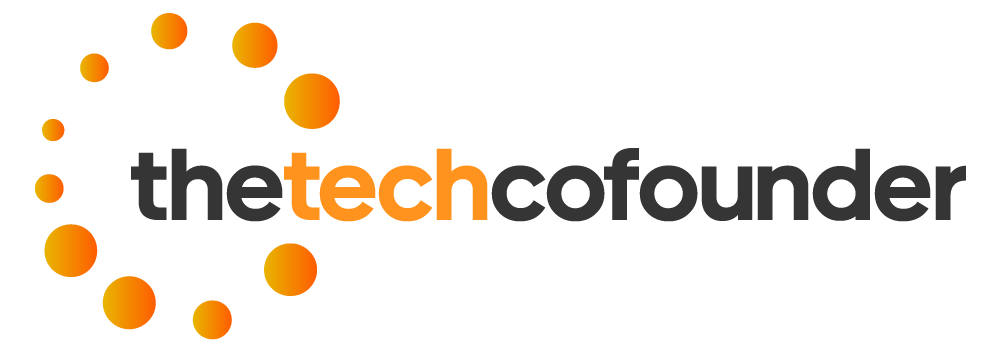The origins of the phone number 2702988270 can be elusive, often prompting curiosity about its owner. Approaching such inquiries requires discretion and an awareness of privacy boundaries. Various tools and methods exist, but each carries limitations and responsibilities. As unsolicited calls from unfamiliar numbers become more common, recognizing warning signs and safeguarding personal information remain crucial. The question persists: how much can truly be uncovered without crossing ethical lines?
Methods to Trace the Owner of 2702988270
Tracing the owner of the phone number 2702988270 involves a combination of online tools, public records, and professional services.
Call tracing techniques and public record searches offer discreet methods for uncovering ownership details.
These approaches empower individuals seeking information while maintaining privacy and autonomy, emphasizing a measured, analytical approach to uncovering identity without intrusion.
Common Reasons for Calls From Unknown Numbers
Calls from unknown numbers often serve a variety of purposes, reflecting diverse intentions and motivations. Common reasons include caller ID spoofing, which masks true identities, and telemarketing calls aimed at sales or surveys.
Such calls may also involve scams or persistent outreach, underscoring the importance of discernment and the desire for personal freedom from unwelcome interruptions.
Recognizing Potential Scam Indicators
Recognizing potential scam indicators requires careful observation of certain call characteristics that often deviate from legitimate communication patterns.
Signs include attempts at caller impersonation, urgent language, and requests for personal information.
Such tactics are common in fraudulent schemes, aiming to manipulate recipients into compliance.
Vigilance reveals subtle cues that help distinguish genuine interactions from deceitful endeavors.
Tips for Staying Safe From Unsolicited Calls
To minimize the risk of falling victim to unsolicited calls, individuals should adopt proactive strategies that prioritize skepticism and verification.
Call blocking tools can filter unwanted contacts, while caller ID verification helps confirm legitimacy.
These measures empower users to maintain control, fostering a sense of security and freedom in managing their communication channels discreetly and efficiently.
Conclusion
In an era where anonymity often shields deception, the irony lies in how diligently one must work to uncover the truth behind a simple number like 2702988270. Despite advanced tools and cautious vigilance, many remain vulnerable to unseen schemes. It’s a stark reminder that, in the quest for safety, the very act of seeking transparency can sometimes feel like chasing shadows—highlighting the delicate balance between privacy and awareness in today’s digital landscape.







